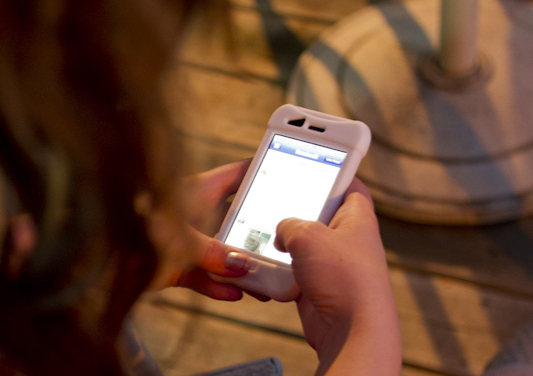 The average American teen is sending more text messages than ever before, quickly becoming their primary means of daily communication according to a report published last month by the Pew Internet & American Life Project.
The average American teen is sending more text messages than ever before, quickly becoming their primary means of daily communication according to a report published last month by the Pew Internet & American Life Project.
The report, entitled “Teens, Smartphones & Texting,” was penned by Amanda Lenhart, and notes several major statistical changes regarding teenager cell phone use in just over a two-year period.
According to the report, a typical teen ages 12 to 17 was sending approximately 60 texts per day in 2011, up from 50 in 2009.
Additionally, the report finds that older teens, boys and African-Americans are texting in greater numbers than in 2009. The research indicates that kids ages 14 to 17 are sending a median of 100 texts per day, almost doubling the median number of texts the same age group was sending in 2009.
The report states that text messaging has become far and away the most frequent form of daily communication for teenagers, with 63 percent of all teens stating that they send at least one text message per day. Only 39 percent of teens speak with friends via cell phone on a daily basis, the report found, and only 35 percent engage in face-to-face socializing with their peers outside of school activities.
In 2011, more than 75 percent of teenagers report owning a cell phone. However, the percentage of young teenagers (those ages 12 to 13) owning such devices has slipped to 57 percent, down from 66 percent in 2009.
Location-based services, such as Foursquare, are also popular among teens, the report said. The services allow teens to show their friends where they are by checking in at their location using their smartphone. According to the report, roughly 6 percent of all U.S. teenagers use such services. The report finds that teens with smartphones are more than twice as likely to use location-based services than teens with standard cell phones, and almost ten times more likely than teenagers using non-phone technologies.
Photo by Clay Duda | JJIE.org
